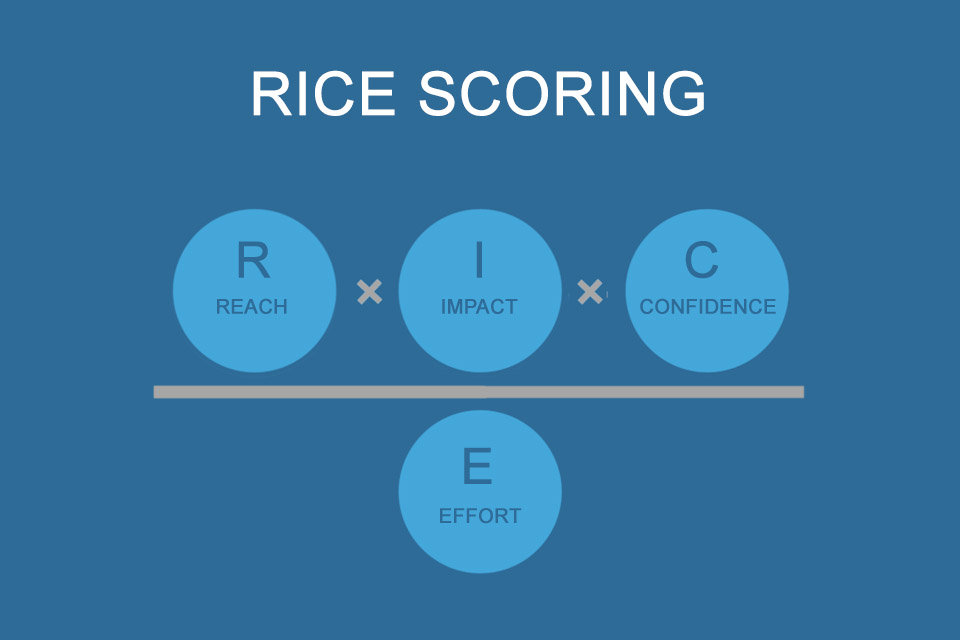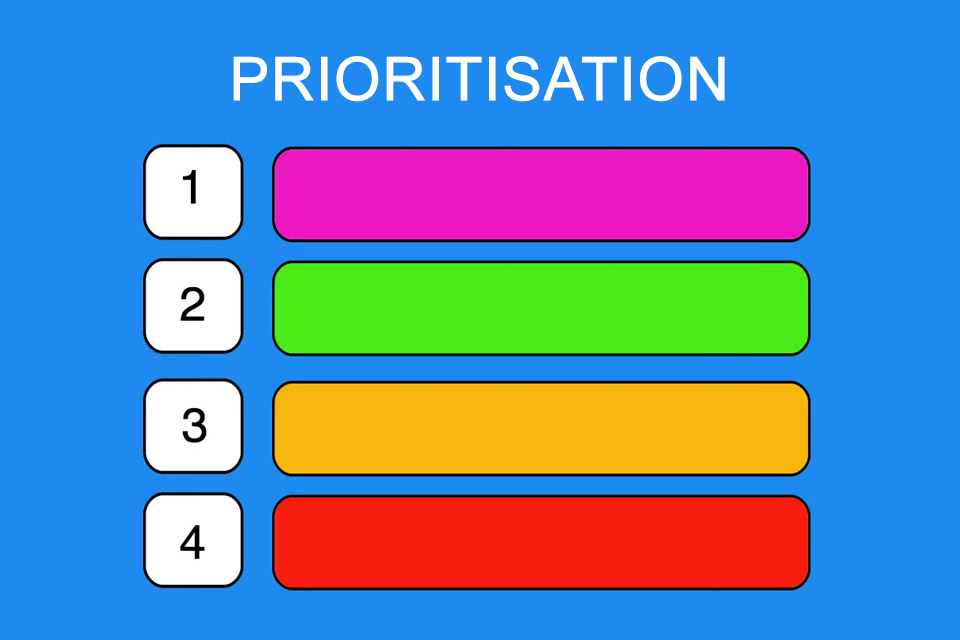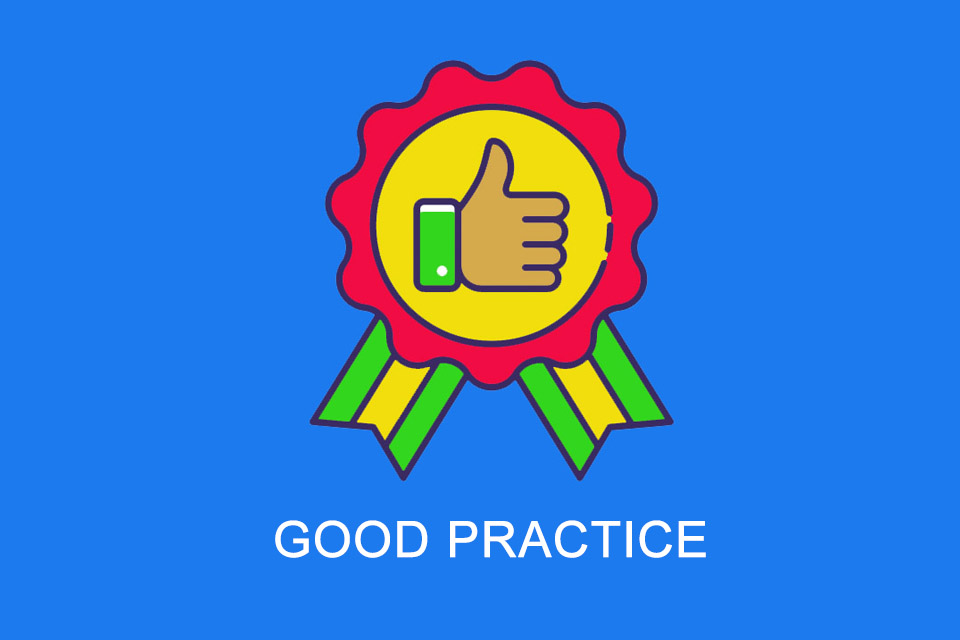What is a RICE Scoring?
Smartpedia: RICE scoring is a streamlined method for prioritising ideas, features or projects using four criteria: Reach, Impact, Confidence and Effort.
RICE scoring – prioritisation using four criteria
Many companies have no shortage of ideas for product improvements, new features or innovative services. However, resources such as time, money and employees are limited. So the question always arises: Which ideas are really worthwhile? This is where RICE scoring – sometimes also referred to as the RICE scoring method, model or framework – comes in.
RICE is an acronym that stands for:
- Reach
- Impact
- Confidence
- Effort
With four clear criteria – in contrast to ICE scoring, which has ‘only’ three criteria – RICE scoring helps to evaluate ideas and tackle the right ideas, features or projects first. This makes priorities transparent, discussions more objective and ensures that resources are used where they bring the greatest added value. [1]
RICE scoring criteria in detail
What do the four RICE scoring criteria mean?
- Reach indicates how many people are affected by or benefit from the idea within a certain period of time. The value is usually given as an absolute number, for example, the number of users per month or the number of customer accounts affected.
- Impact describes the potential positive effect of the idea on the company or users. A high value indicates that implementation will make a noticeable difference, for example through increased sales, higher user loyalty or better customer satisfaction. In practice, a multiple-choice scale is often used: 3 = massive impact, 2 = high impact, 1 = medium impact, 0.5 = low impact and 0.25 = minimal impact.
- Confidence measures how certain you are that reach and impact are realistic and that the idea will work as planned. The assessment is based on data, tests or experience. A high value represents a solid factual basis, while a low value signals uncertainty. Here, too, it makes sense to use a multiple-choice scale: 100% = high confidence, 80% = medium confidence and 50% = low confidence.
- Effort indicates how much work is required to implement the idea. The value is estimated in person-months, person-weeks or person-days. A higher effort lowers the score, as more resources are tied up for the same benefit.
The RICE score is calculated as follows: RICE score = (reach × impact × confidence) / effort
The higher the score, the greater the expected benefit in relation to the effort and the sooner the idea should be implemented. In this way, RICE ensures transparent, comprehensible prioritisation. [2]
Advantages and disadvantages of RICE scoring
RICE scoring is one thing above all else: a tool for making ideas more tangible. Many teams have a wealth of suggestions, some loud, some quiet, some immediately understandable, others more abstract. RICE scoring forces these ideas to be translated into numbers: Who will be reached, what impact can be expected, how certain is this assumption, and how much effort will it take? This step alone brings clarity because suddenly there are no longer just arguments in the room, but concrete assumptions that can be questioned.
Teams that juggle many ideas benefit from this in particular. RICE helps to objectify discussions. If you want to sell an idea big, you have to explain how many people will really benefit from it and why you are sure that the benefits will materialise. If reliable data is missing, this quickly becomes apparent. In this way, the model reveals blind spots that are often overlooked without these questions.
Another advantage is that the effort involved is given real weight. Many projects seem attractive at first glance, but turn out to be huge once you consider all the steps, costs and dependencies. The RICE score brings this effort to light and prevents resources from flowing into ideas that cannot be realised later on.
But as helpful as this structure is, it also has its limitations. Its greatest weakness lies in the estimates themselves. Even if the figures appear precise, they remain assumptions. Especially when it comes to reach and impact, people often estimate what they would like to see, not necessarily what is really likely. If you don’t work carefully, you can twist a score in almost any direction.
In addition, RICE scoring tends to favour short-term effects. Projects whose benefits only become apparent later often receive a lower score because their reach and impact are more difficult to quantify. This particularly affects initiatives such as maintenance, technical infrastructure or major strategic restructuring. They quickly appear unattractive in the ranking, even though they are important for long-term success.
Another point that is easily overlooked is that the RICE scoring method considers each idea individually. Synergies between projects, dependencies or possible bundling are not taken into account. A mediocre idea can create significant added value in combination with another, but this is not reflected in the score.
Anyone using the RICE score should therefore be aware that it is not an automatic guarantee of the right decision.
It provides a valuable basis for discussion and helps to organise thoughts, request figures and make vague assumptions visible. For teams, this means less gut feeling and more exchange and transparency. Ultimately, however, it still takes judgement, experience and sometimes the courage to consciously decide against the figures if it makes strategic sense.
Impulse to discuss
How important is experience when applying methods such as RICE scoring?
Notes:
[1] The RICE scoring system was developed by the product team at US software company Intercom to make the prioritisation of product ideas and features more objective and transparent. Sean McBride, former product manager at Intercom, played a key role in developing the method together with his colleagues to improve decision-making processes in product management.
For more information, see the article: RICE – Simple prioritization for product managers.
[2] All theory is grey. Of course, in practice there are always factors that can lead to a lower priority being implemented instead of a higher one: agreements with individual customers, the importance of stakeholders, the availability of necessary employees, etc.
If you like the article or would like to discuss it, please feel free to share it in your network. And if you have any comments, please do not hesitate to send us a message.
Here you can find additional information from our Smartpedia section:



